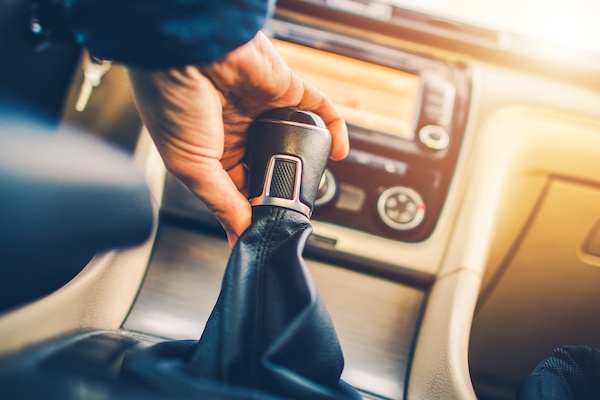
The majority of today's modern vehicles (cars, trucks, and SUVs) are made with automatic transmissions. An automatic transmission is simple to use and doesn't require too much attention, which is why it is preferred by many. All you have to do is put it into Drive and go. Even if you've never seen the Suite Life of Zack and Cody, you've probably heard of the iconic acronymPRNDLE(Prindle). It stands for all the gears Park, Reverse, Neutral, Drive, and Low. However, have you stopped to think whether you're shifting your gears correctly? What is the best way to go about shifting gears? We're here to do a deep dive into it all.
How Does An Automatic Transmission Work?
Most automatic transmissions are hydraulically operated, meaning it uses the pressure of a fluid to change gears, hence why you need transmission fluid. Some of today's transmission functions also rely on computer technology, which means that a processing unit manages all of the necessary information between your engine and transmission. Some of them can even acclimate to your driving style and the type of surface you are driving on.
Shifting from D -> R
At low speeds (under five mph), abrupt shifting from Drive to Reverse, or vice versa, will not usually cause any transmission damage. Generally speaking, it's always a safer bet to come to a full stop before changing gears using your automatic transmission. By doing so, you can let all your major components adjust to the shift. It also preserves the integrity of your entire drivetrain. Additionally, some electronic controls on many automatics are programmed to ignore the gear shift command unless your foot is on the brake anyway.
Shifting from D or R -> P
When shifting your car to park, there is only one correct way to do it! You should always come to a stop before switching into park from any other gear. When you shift your automatic transmission into P, an important piece is engaged called a parking pawl. The pawl is what locks the transmission and keeps it from transferring mechanical power to the wheels of your vehicle. Shifting gears while still in motion can damage this locking mechanism. And if this part fails, your vehicle could easily roll away. Moreover, you should also always apply your parking brake for an extra form of protection.
Transmission repairs are costly and time-consuming, so please follow our words of advice. When in doubt, just try to always come to a complete stop before shifting any gears. Putting this in practice can extend the life of your automatic transmission and lower your car expenses. If you need any automotive repairs, please do not hesitate to call or visit Quality Tune Up Car Care Center today.